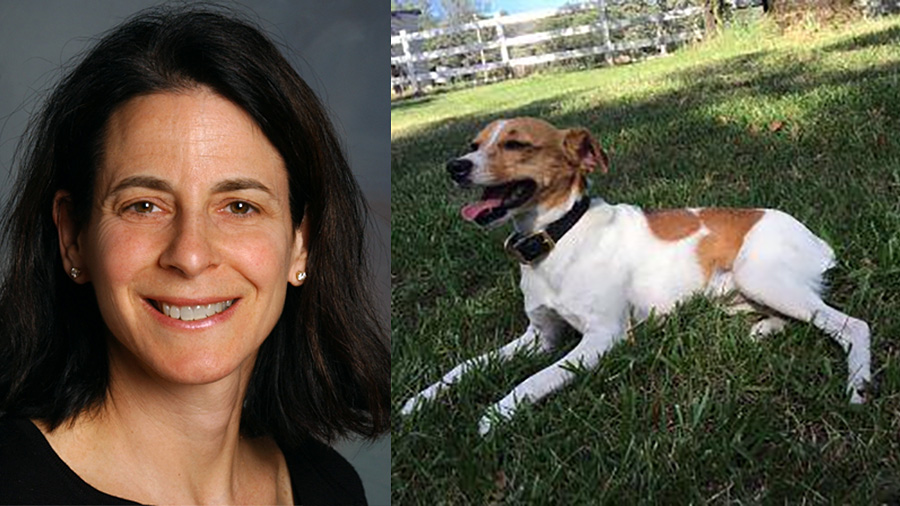The miracle of bone regrowth
WITH AMY KAPATKIN

Five years ago, UC Davis veterinary oral surgeons started using a bone growth stimulator to regrow jawbones in dogs. To date, they have successfully regrown nearly three dozen jaw-bones. Now, that technology has made its way to orthopedic surgery, and is being utilized to repair bone injuries in dogs’ legs.
Dr. Amy Kapatkin, chief of the Orthopedic Surgery Service, has implemented the regrowth strategy in 11 dogs, with nine returning to full function and two with acceptable function. All 11 cases involved dogs with nonunion fractures in their limbs, meaning previous attempts to repair their breaks failed to unite the bone as one again. All dogs in the study had at least one previ-ous surgery, while some had as many as five previous attempts to heal their bone properly.
“Nonunion after long-bone fracture repair in dogs represents a potentially devastating compli-cation,” said Dr. Kapatkin. “We are excited about this new treatment, and are optimistic that our use in orthopedics can have the same long-term positive results our oral surgeons have seen with jawbones.”
While not all regrowth surgeries are the same, the basic premise of the procedure is to place a scaffold (called a compression resistant matrix [CRM]) saturated with a bone morphogenetic protein (BMP) into the bone defect in hopes of stimulating additional bone growth from the sur-rounding, healthy native bone. The use of CRM and BMP specifically targeted areas of persis-tent bone defect after at least one failed surgery. Previously, the only additional treatment would be to try to set the break again in the same fashion with the dog’s own graft, which in many cases, carries the same potential fail rate due to a lack of blood supply to the bone.
“We look forward to the continued use of BMP to treat nonunion fractures,” said Dr. Kapatkin. “This initial success holds great promise for future patients – not just at UC Davis, but through-out the veterinary community.”
Dr. Kapatkin, along with other UC Davis surgeons (including the oral surgeons who pioneered BMP use at UC Davis) recently published a paper on the subject. Lead-authored by Dr. Anna Massie, a UC Davis surgery resident and Dr. Kapatkin’s mentee, the paper discusses the spe-cifics of the 11 cases to date treated with this procedure. Dr. Massie presented the topic in poster form at the 2016 American College of Veterinary Surgery annual meeting, and won the Poster Presentation Award.
These cases at UC Davis represent the first large case series use of BMP to treat long bone nonunions in veterinary medicine. This exciting breakthrough is another example of how the UC Davis veterinary hospital is leading the way in discoveries of new treatments, and its commitment to advancing veterinary medicine to new heights.
